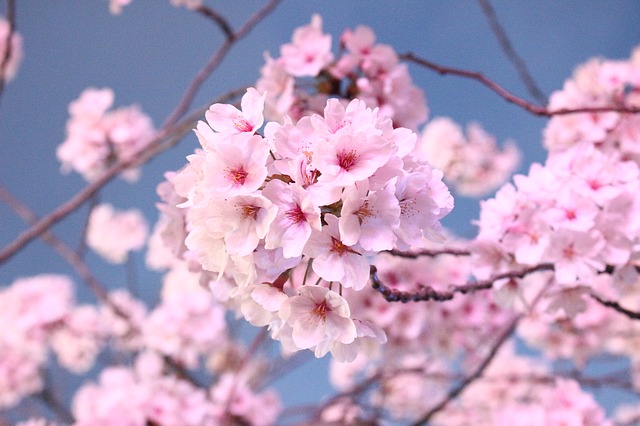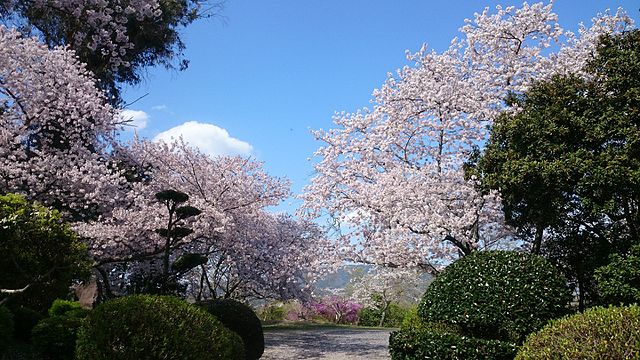 On March 26, cherry blossoms filled the streets of Kyoto as the cherry blossom season reached its peak.
On March 26, cherry blossoms filled the streets of Kyoto as the cherry blossom season reached its peak.
Because of an unusually warm spring, this year’s cherry blossom season reached its peak on the earliest date since 812 AD!
Additionally, the cherry blossom season started eight days earlier than the previous earliest blooming, on March 11, 2004. Scientists believe that climate change is the cause of the earlier blooms in recent decades.
Let’s take a closer look at the cherry blossom season in Japan.
Japan’s Cherry Blossom Season
The cherry blossom season in Japan typically begins in early to mid-April, usually reaching its peak two weeks after it begins.
 Called "sakura" in Japan, cherry blossoms are popular flowers because of their historical and cultural significance. Cherry blossoms represent the Shinto ideals of new life, beauty, hope, and renewal. They also symbolize the fleeting nature of life, as the cherry blossom season typically lasts for only three weeks.
Called "sakura" in Japan, cherry blossoms are popular flowers because of their historical and cultural significance. Cherry blossoms represent the Shinto ideals of new life, beauty, hope, and renewal. They also symbolize the fleeting nature of life, as the cherry blossom season typically lasts for only three weeks.
Cherry blossoms reach their peak two weeks after the beginning of the season, staying in full bloom for one week before falling off the trees and wilting thereafter. During cherry blossom season, Japanese people typically partake in hanami--attending parties with friends, family, and colleagues underneath cherry blossom trees--to celebrate the season.
In ancient Japan, farmers used the start of the cherry blossom season to figure out when to plant their rice crops. During World War II, cherry blossoms were also used as a symbol of pride and patriotism to motivate Japanese soldiers.
Early Blooms
 Starting from 812 A.D., the dates of cherry blossom seasons have been recorded, allowing scientists to analyze this data.
Starting from 812 A.D., the dates of cherry blossom seasons have been recorded, allowing scientists to analyze this data.
For nearly 1000 years until 1800 AD, the peak bloom dates were quite stable. However, during the last few decades, the cherry blossom season has steadily occurred earlier and earlier. From 1971 to 2000, cherry blossom trees have bloomed one week earlier on average compared to previous years.
Scientists believe that this is because of climate change. Cherry blossoms are very sensitive to temperature changes -- and as the spring weather grows warmer earlier, cherry blossoms begin to bloom earlier as well.
Like many recent years, this year’s cherry blossom season reached its peak earlier than any previously recorded year. However, unlike previous years, many typical cherry blossom celebrations are being canceled due to the pandemic. Tourists are not allowed into the country, and local citizens are forbidden from partaking in any large gatherings to celebrate the season.
Despite their early arrival, the cherry blossoms are still beautiful, filling Japan’s streets with majestic sights. Perhaps these cherry blossoms are symbols of the coming hope and bright future as the pandemic seems to be coming to an end.
Sources: BBC, SI.edu. Washington Post







